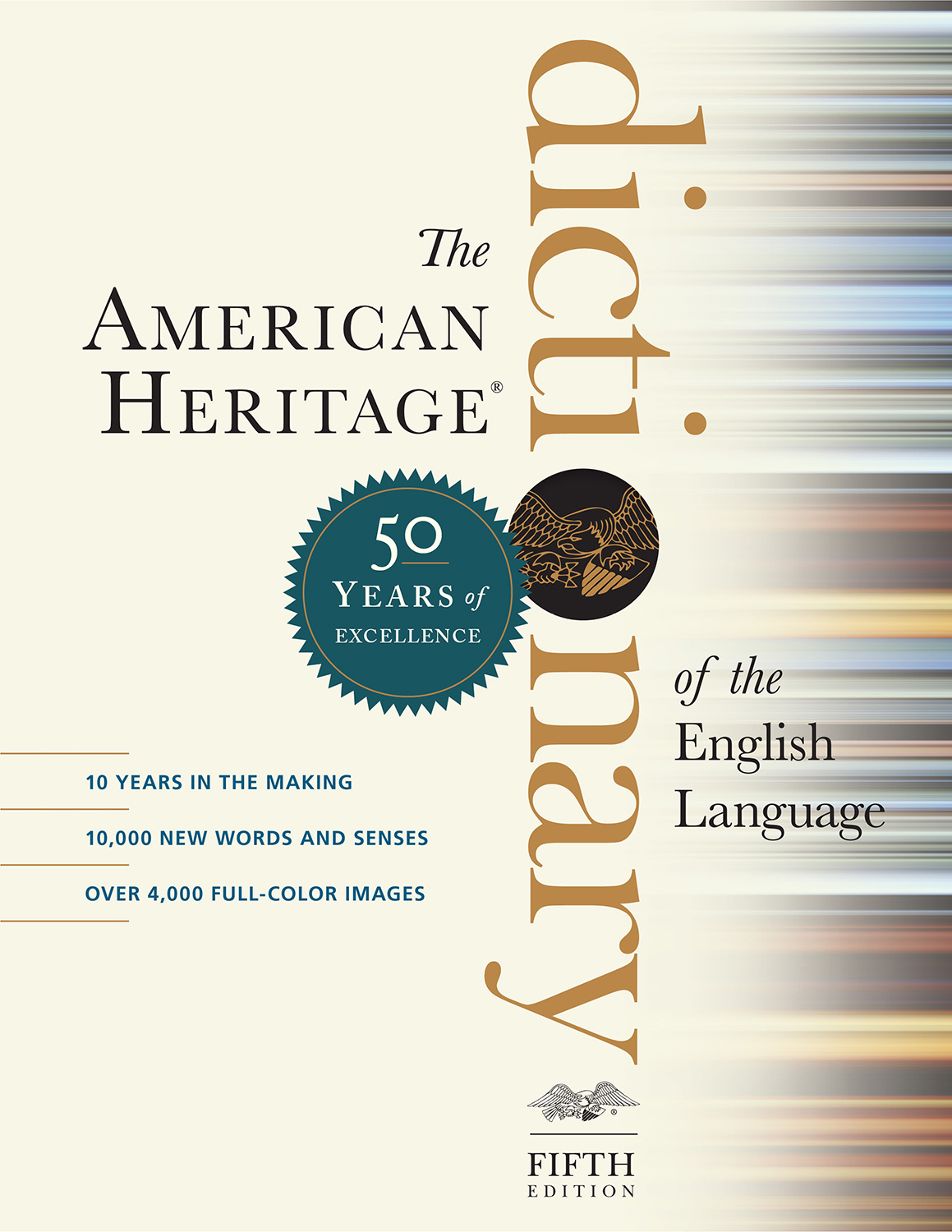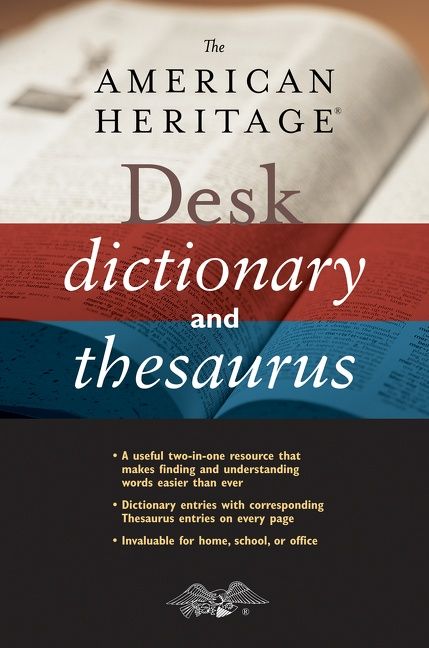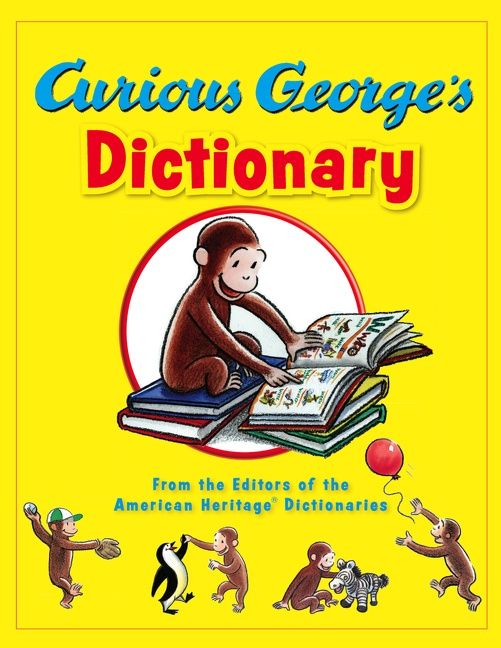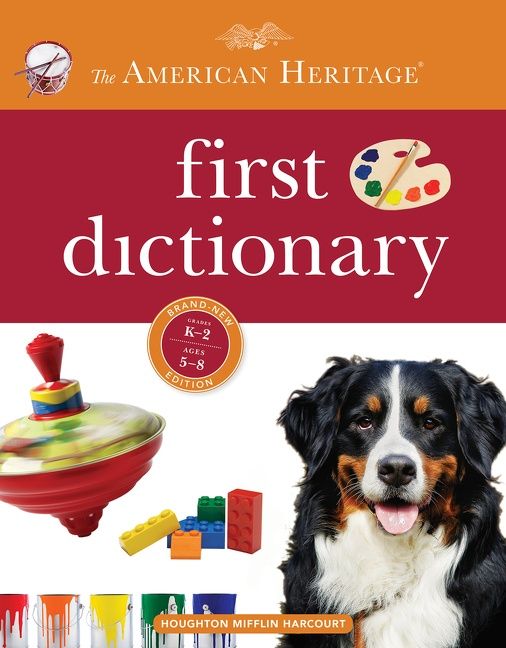The American Heritage® Dictionary of the English Language, Fifth Edition copyright ©2022 by HarperCollins Publishers. All rights reserved.
n. 1. A female parent of an animal, especially a domesticated mammal such as a horse. 2. Archaic A mother. [Middle English dam, dame, lady, mother; see DAME.] |
The American Heritage® Dictionary of the English Language, Fifth Edition copyright ©2022 by HarperCollins Publishers. All rights reserved.
dam 3
Share:
Tweet abbr. decameter |
The American Heritage® Dictionary of the English Language, Fifth Edition copyright ©2022 by HarperCollins Publishers. All rights reserved.
Danish biochemist. He shared a 1943 Nobel Prize for the discovery of vitamin K. |
The American Heritage® Dictionary of the English Language, Fifth Edition copyright ©2022 by HarperCollins Publishers. All rights reserved.








